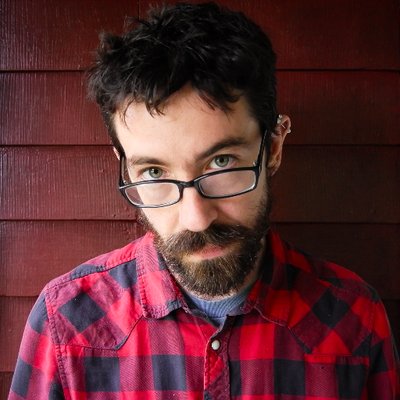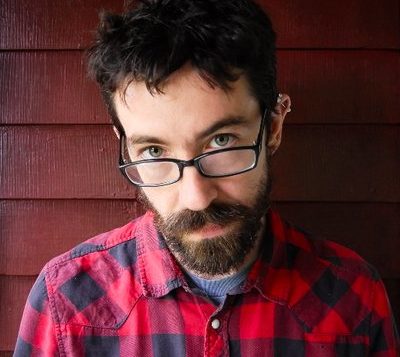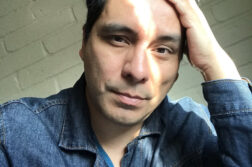“IT IS often assumed that the history of American sexuality is one of linear progress, moving from a time of benighted homophobia to our present-day enlightenment. However, the further back one looks, the more it seems to be a story of incoherence before intolerance, of ‘not knowing’ before ‘not accepting,’” writes Hugh Ryan in When Brooklyn Was Queer (St. Martin’s Press, 2019).

The book is a fascinating and accessible tour of queer Brooklyn from 1855, when Walt Whitman published Leaves of Grass, to 1966, when the Brooklyn Navy Yard, long a hub for gay cruising and socializing, closed down. It covers the lives of the famous and the infamous, the noble and the corrupt, the chaste and the slutty, the radical and the reactionary—and everyone in between. From Coney Island sideshows to Brooklyn Heights salons, from subway bathrooms to burlesque theaters, from the courtroom to the prison to the bathhouse, this book functions not just as a rigorous and wide-ranging queer history, but as an informal history of Brooklyn itself.
This interview was conducted by phone this past June. I had a chance to chat with Ryan about his goals in writing When Brooklyn Was Queer, the conversations he hopes to instigate, and his thoughts on the trajectory of lgbtq politics today.
Mattilda Bernstein Sycamore is most recently the author ofSketchtasy, one of NPR’s Best Books of 2018.







